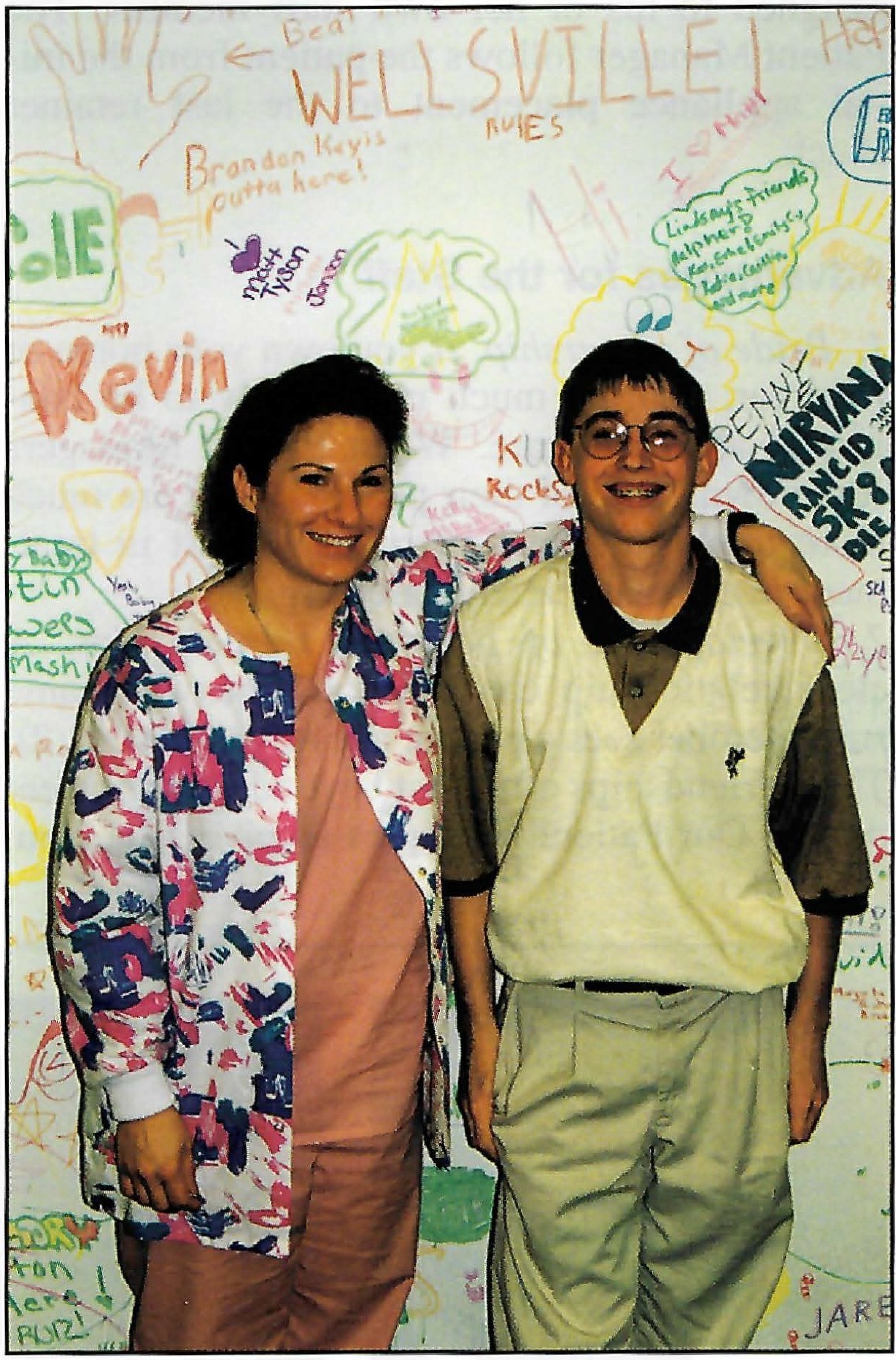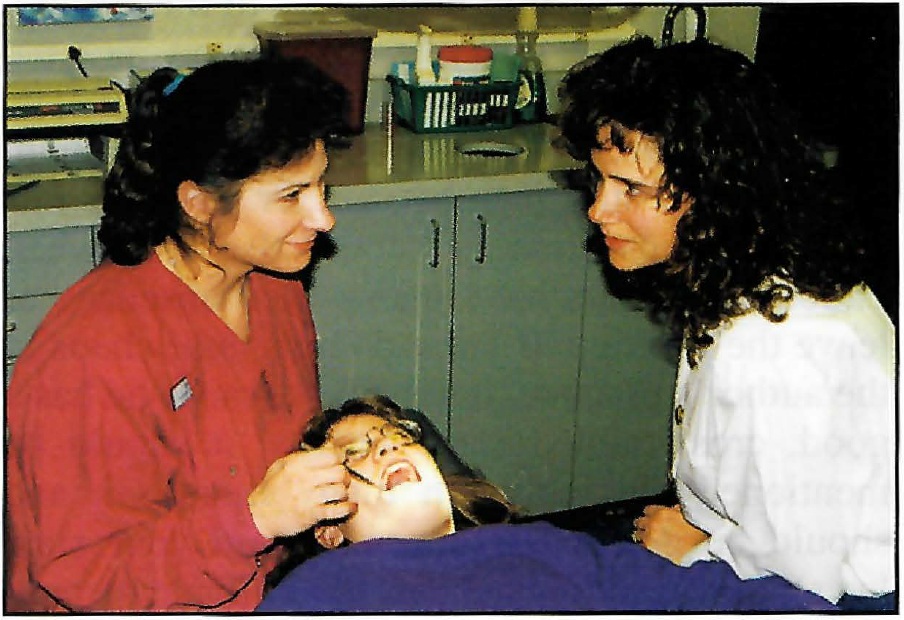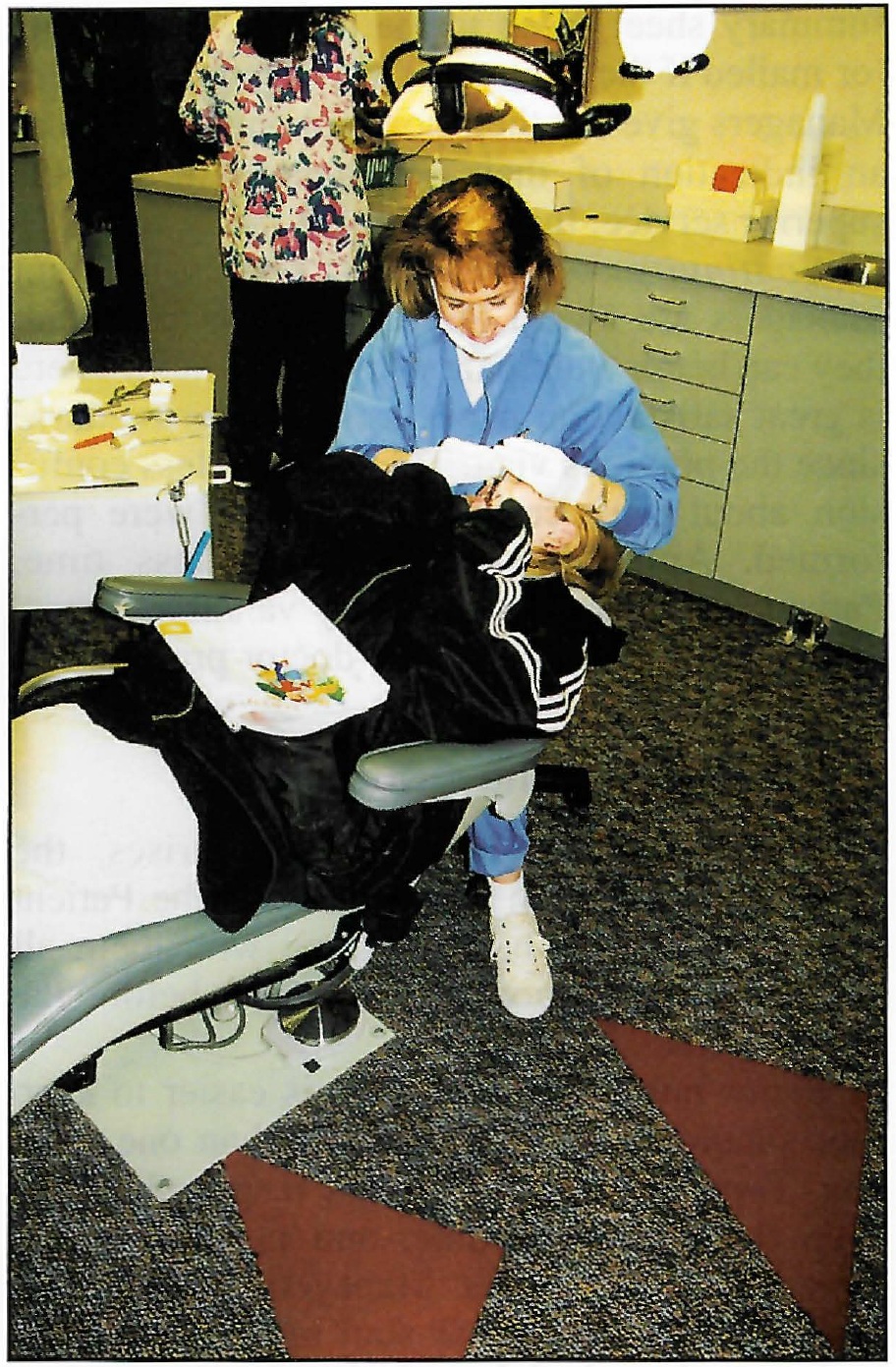THE EDITOR'S CORNER
Have you ever checked back to see how close to "on time" you finish your cases? Have you ever compared the actual length of treatment to the estimated length of treatment? If you are consistently off in your estimated treatment time, either the estimates are wrong or the treatment is inefficient or the patient management is ineffective. It would be nice to find out which it is, because it is costing you money. It is costing you money in a couple of different ways. If you estimate that a case will take 18 months and it takes 24, in one way or another you have short-changed yourself to the tune of one-third of the fee quoted. Either it should have been one-third higher, or you should have finished the case one-third sooner. Not only were you not paid for the extra six months of treatment, if you are on a fixed fee as the vast majority of orthodontists are, but you added a factor of 1/3 to your case load during that period and your costs were elevated commensurately. If you are consistently underestimating your finish by one-third, your entire case load would be one-third higher than it should be. So, there is a great deal to be gained by finding out what your real experience is and adjusting fees and fee arrangements and/or estimates of time and/or treatment procedures--including intervals between visits--accordingly.
While the number of months actually involved in a case compared to the number of months estimated is a rough measure, the number of visits is a better one. This study should be set up to include the number of visits, the number of visits per month of active treatment, and the fee per visit. The above chart will assist in organizing this information for you and it is suggested that you fill it out for your last fifty completed cases.
While the number of months actually involved in a case compared to the number of months estimated is a rough measure, the number of visits is a better one. This study should be set up to include the number of visits, the number of visits per month of active treatment, and the fee per visit. The above chart will assist in organizing this information for you and it is suggested that you fill it out for your last fifty completed cases.
[show_img]221-jco-img-t1.jpg[/show_img]When I did this for fifty of my cases, I found that I had estimated 15% exactly. I had overestimated 30% by up to 27% (in months), and I had underestimated 55% of the cases, with a range from 4% to 70%. My average overestimation was 14%. My average underestimation was 36%. Overall, the group of fifty cases had been underestimated by 24%. This meant that my income was 24% lower than it might have been, if I had estimated accurately; and that my case load was 24% higher than I had planned for. In analyzing the data, most of my problems stemmed from underestimating short treatment cases, and in permitting a few cases to run too long. You can make a bigger percentage error on smaller numbers, and it is amazing how much time can be allowed to go by if you do not resolve to deal with long-term overdue cases that do not respond to your usual technique and administrative remedies.
It was interesting, in my case, to find that the visits per month were almost identical for the cases that were underestimated and for the cases that were overestimated, 1.5 versus 1.4 visits per month. This was, in itself, a surprise. If someone had asked, I would have said that the time interval between visits in my practice averaged four to five weeks. There were relatively more visits in the short treatment cases and in the very prolonged cases.
It was also interesting to note that when the number of visits was divided into the amount of the fee, the fee per visit in all "on time" cases tended to be the same. The fee per visit tended to be less on the longer treatment cases estimated correctly, probably due to the additional dilution of the front-end load built into the fee. It was substantially lower on prolonged treatment cases, due to my shortening the interval between visits on prolonged cases.
I think we share a delusion in orthodontics about how fast our cases are treated. We would like to think that our best time is our average time. We are also influenced by the fact that reported treatment times tend to be low. It would seem wise to measure your actual performance on every fifty completed cases, and to look to your method of estimating treatment time, of establishing fees and fee arrangements; to your treatment management and to your monitoring of treatment progress; to your contingency plans for treatment and fee if cases are unduly prolonged; and to your communication of the whole concept of a control system of this kind to your patients.






